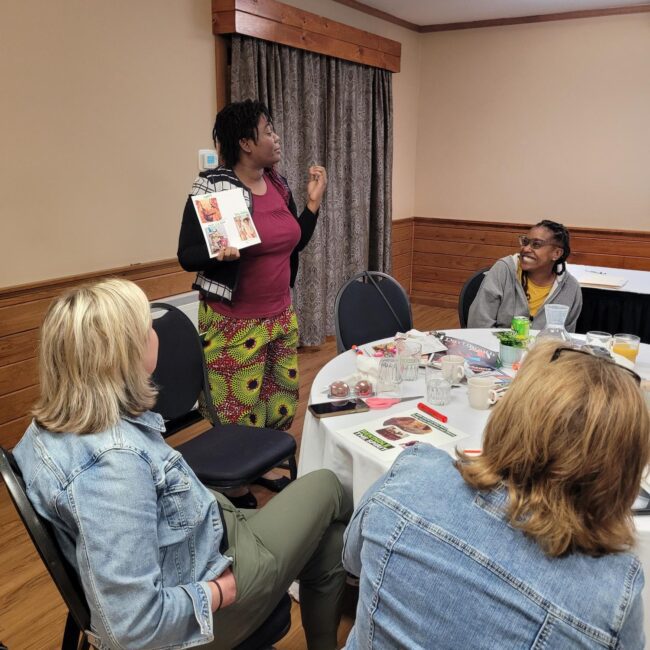Create a shared agenda
A shared agenda helps partners level set expectations and workloads. A strong agenda needs the consensus of everyone involved. This ensures that all partners and members of the collaboration will support the agenda from planning through implementation and evaluation.
A shared agenda should include a shared understanding of community needs, agreed-upon targeted systems change efforts, common language, and commitment to shared work and accountability.



